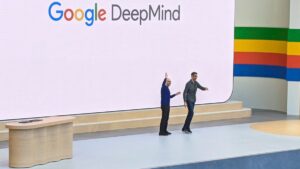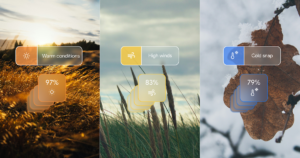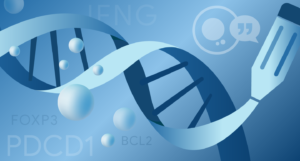I compared image outputs from ChatGPT and Gemini 5 using specific prompts — here are the results.
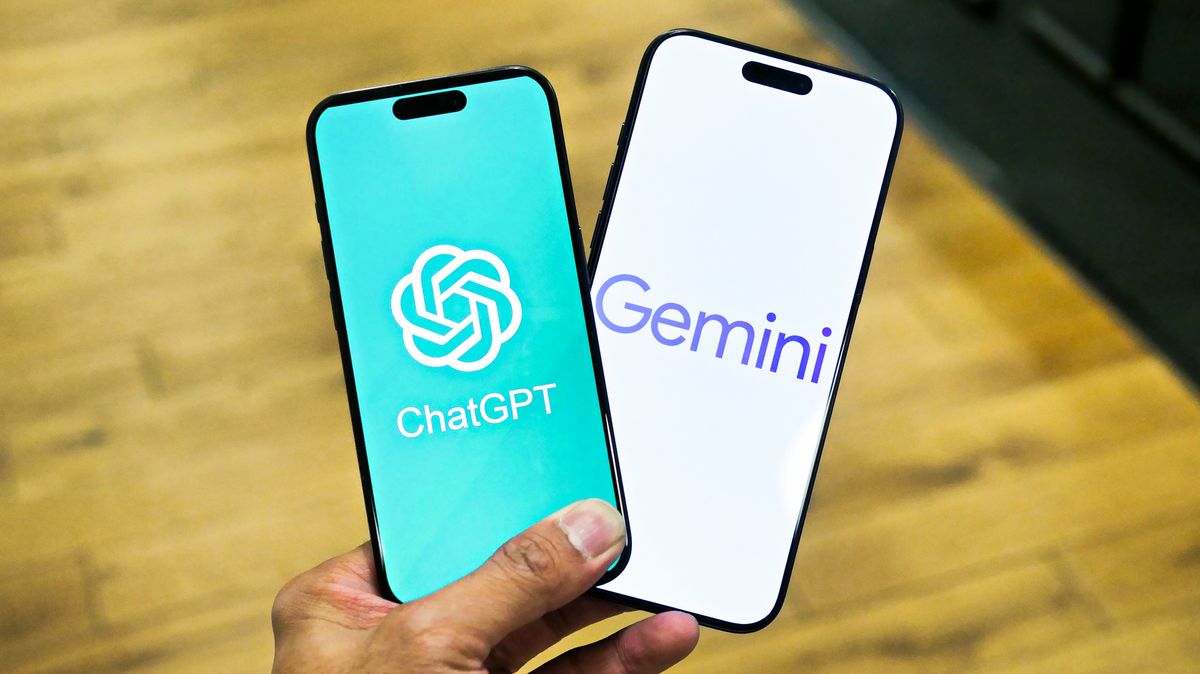
When it comes to AI image generators, two standout models are ChatGPT and Gemini. Both of these platforms can transform written descriptions into stunning visuals almost instantly. However, their abilities can vary significantly. To see how they stack up against each other, I provided both systems with the same five prompts that ranged from photorealistic to fantasy-based scenarios. I assessed their outputs based on creativity, detail, and how well they interpreted the provided instructions.
Comparative Methodology
For a straightforward comparison, the layout of this piece remains consistent. ChatGPT’s outputs will be displayed on the left, while Gemini’s will be on the right. This arrangement allows for easy side-by-side evaluations of each AI’s responses.
1. Photorealistic Ramen Bowl
(Image: © Tom’s Guide)
In this first challenge, I requested images of a photorealistic bowl of ramen situated on a rustic wooden table. Food photography is notoriously challenging, thus making it a perfect test for AI capabilities. The prompt was: “Create an image of a photorealistic bowl of ramen with steam rising, placed on a rustic wooden table in a softly lit restaurant.”
Both AIs produced impressive images, but ChatGPT emerged as the clear winner. Its depiction was lifelike, accurately capturing details like steam and rich broth textures. In contrast, Gemini’s version felt flat, particularly with the egg, which lacked dimension. While Gemini’s output was decent, it didn’t quite meet the authenticity test compared to ChatGPT.
2. Futuristic Running Shoes
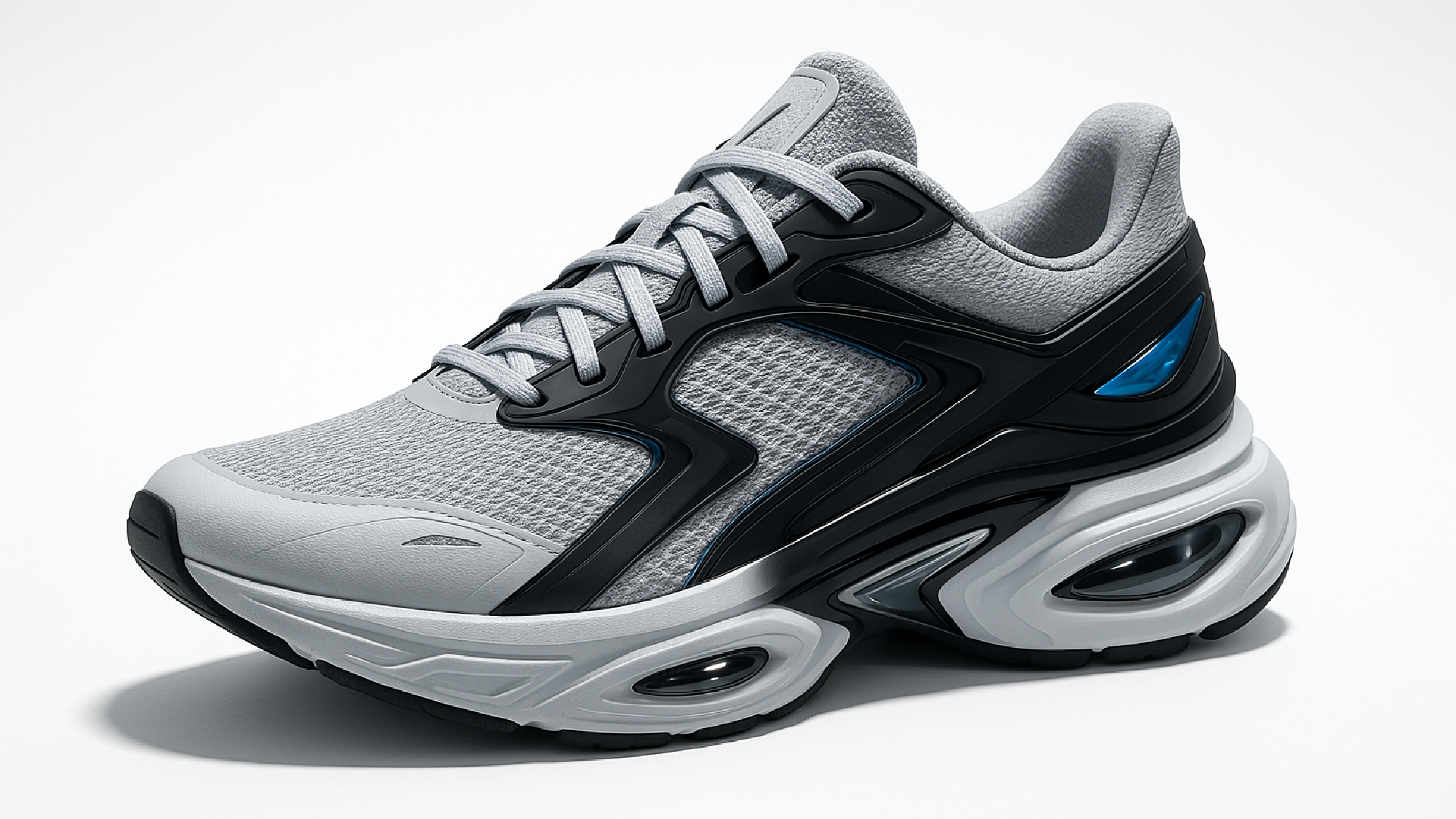
(Image: © Tom’s Guide)
Next, I sought a clean product rendering of futuristic running shoes against a white backdrop. The aim was to evaluate how well both AIs could produce a commercial-ready image with crisp edges and realistic textures. The prompt was: “Create an image of a futuristic pair of running shoes, photographed on a white studio backdrop, with soft shadows and reflective details.”
Although both AIs performed well, this time, Gemini took the lead. Its rendering excelled with excellent shadowing and texture, giving the shoes lifelike dimensions. ChatGPT’s shoe design appeared less detailed and somewhat flat, missing the mark when it came to realistic presentation.
3. Medieval Castle in the Sky

(Image: © Tom’s Guide)
For the third image, I asked for a medieval castle floating in the sky at sunset. This prompt tests creativity and atmospheric depth: “Create an image of a grand medieval castle made of stone, floating above the clouds at sunset, with dramatic lighting and atmospheric depth.”
ChatGPT excelled here as well, presenting a striking image with compelling lighting and shadow interplay, delivering the desired ambiance effectively. In contrast, Gemini‘s interpretation was more literal and muddled, losing some creative flair.
4. Vintage Travel Poster for Mars
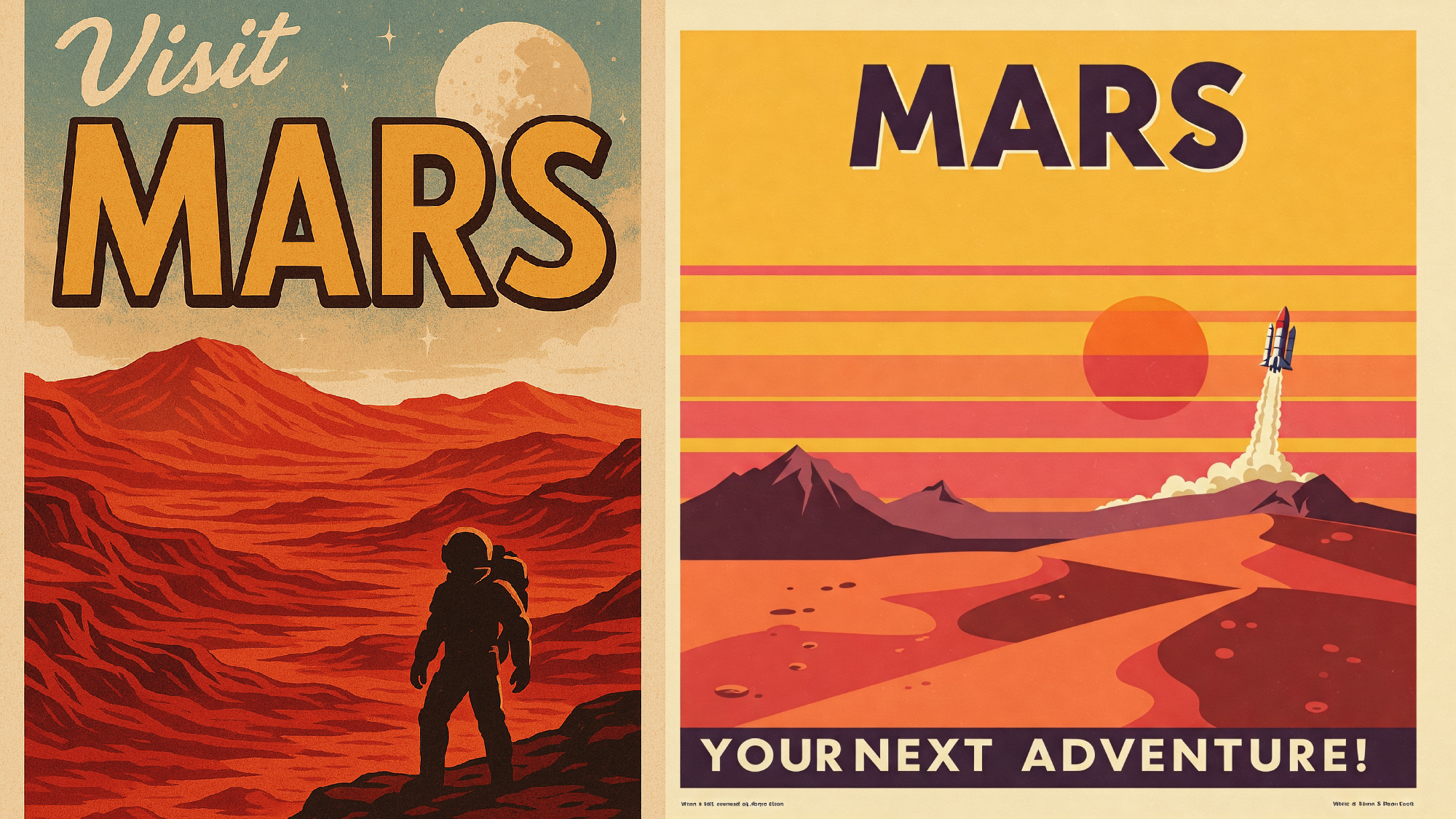
(Image: © Tom’s Guide)
This prompt focused on creating a retro travel poster for Mars with a mid-century aesthetic. The challenge lay in achieving a distinctive graphic design style: “Create a retro 1950s-style travel poster for Mars, with bold lettering, stylised red planet landscape, and a vintage color palette.”
After evaluating the results, ChatGPT edged out again, delivering a textured, authentic design that encapsulated the era perfectly. Although Gemini’s poster was well-executed with great colors, it felt more like a modern interpretation than a true retro piece.
5. Editorial Portrait
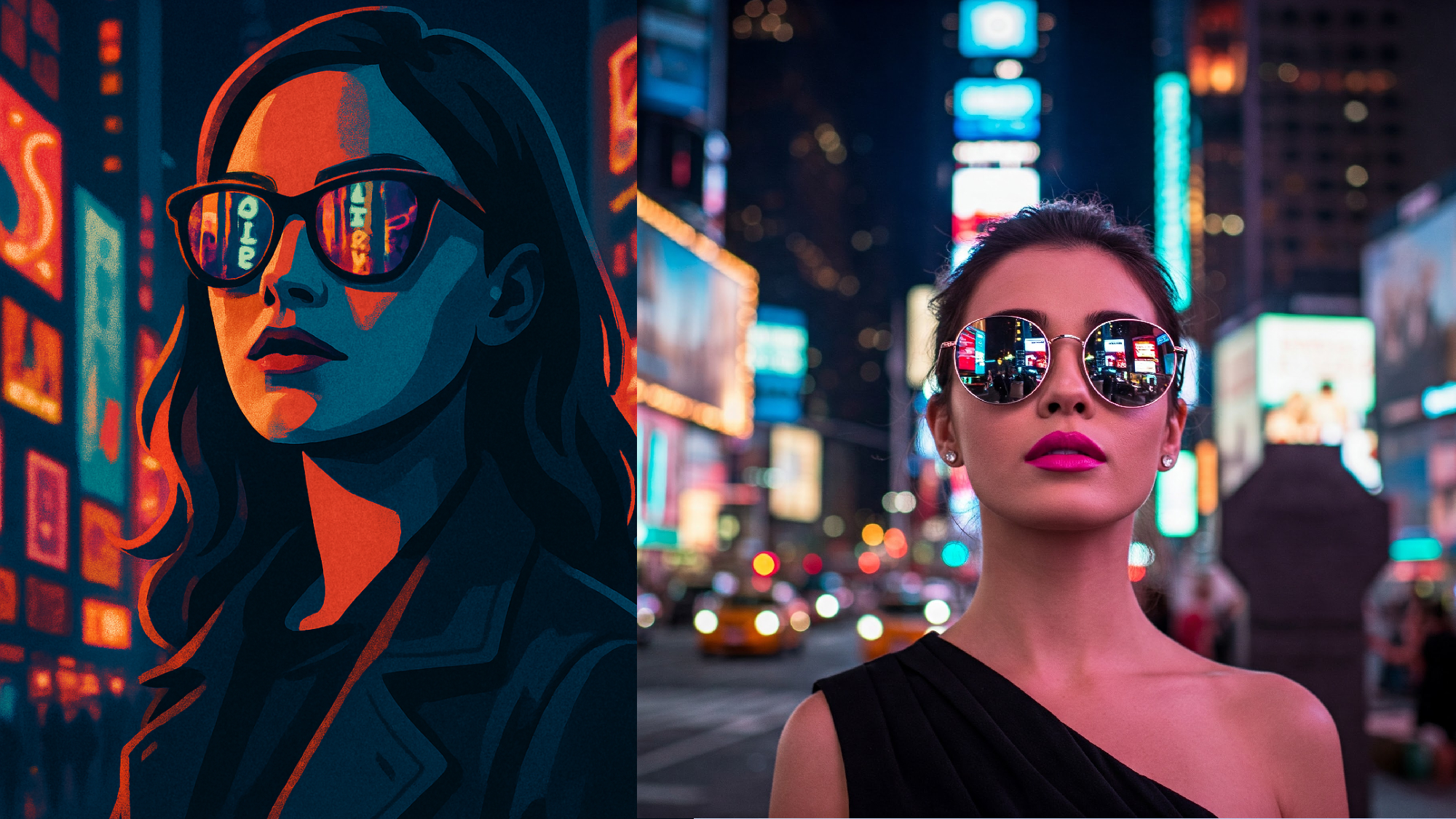
(Image: © Tom’s Guide)
Lastly, I aimed for a stylised editorial portrait. This prompt assessed each AI’s ability to capture human features and handle layered visuals: “Create a stylised portrait of a woman in Times Square at night, wearing reflective sunglasses that show neon signs, mid-shot, cinematic lighting.”
This time, Gemini delivered superior results. Its high-resolution portrait demonstrated exceptional detail and realism, making it suitable for editorial use. While ChatGPT’s interpretation was artistically engaging, it fell short in terms of precision and photographic quality.
Overall Findings
Throughout the evaluation, it was clear that ChatGPT excelled in creativity and compositional strength, particularly in fantasy-oriented prompts. It adeptly interpreted artistic requests, providing polished images that met the requirements with finesse.
Gemini also showcased strong capabilities in realism and detail, especially in hyper-realistic portrayals and product shots, often outperforming ChatGPT in those categories. Additionally, Gemini generated images more quickly than ChatGPT throughout the tests. If speed and realism are what you’re after, Gemini is a solid choice.
But for versatility and creative interpretation, ChatGPT stands out as the more robust option when it comes to diverse image generation.



